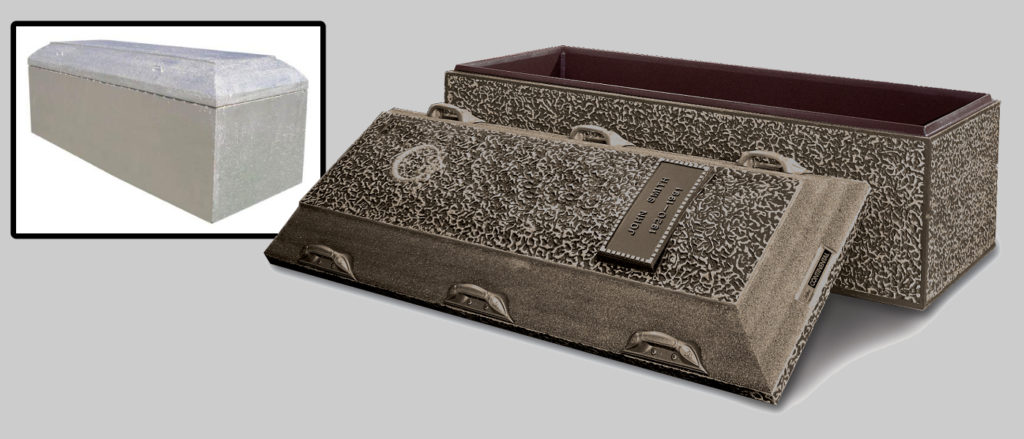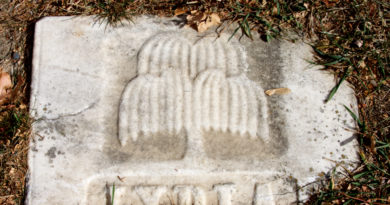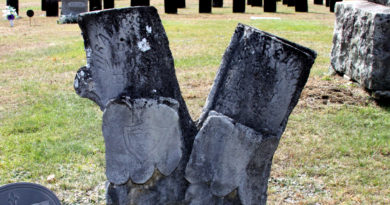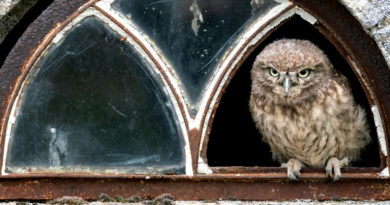Graveliner vs. Burial Vault: What’s the Difference?

Many cemeteries and memorial parks require consumers to purchase an outer burial container — either a graveliner or a burial vault — when burying the casketed remains of their deceased loved ones, but these two terms often confuse people. This article explains the purposes and key differences between a cemetery graveliner and a burial vault.
Graveliner
A graveliner (also called a grave liner, burial liner, or a concrete box) is a type of outer burial container that partially or entirely encloses the casketed remains and prevents the gravesite from settling or collapsing, but offers only minimal protection to the contents inside from soil, moisture, water and other exterior elements because it is not sealed.
Graveliners generally consist of precast concrete but some companies manufacture graveliners from plastic, such as polypropylene, or metal, such as steel. Depending upon the manufacturer, a concrete graveliner might feature internal reinforcement using rebar, wire mesh or some other strengthening material.
Graveliners generally assume two forms: a box with a removable flat, domed or tiered lid (similar to the graveliner in the photo above); or a bottomless box that only covers the sides and top of the casket as it rests on the soil. A graveliner that completely encases the casket might or might not feature a drainage hole(s) in the bottom.
Finally, the exterior of a concrete graveliner might receive a coat of asphalt or paint to slightly enhance its moisture resistance or improve its aesthetic appeal. Despite this, concrete is a porous material and, coupled with the lack of sealing, a graveliner is not moisture/water resistant and is only intended to prevent the gravesite from settling or collapsing.
Burial Vault
A burial vault is a type of outer burial container that entirely encloses the casketed remains, prevents the gravesite from settling or collapsing, and offers significant protection to the contents inside from soil, moisture, water and other exterior elements because it is sealed.
A burial vault provides significantly more protection to the casketed remains within for two reasons. First, burial vaults usually* contain an interior liner. Typically crafted from plastic (such as ABS, polypropylene or polystyrene), or metal (such as bronze, copper or stainless steel), this liner helps prevent soil, moisture/water and other elements from reaching the casket inside. (* Some companies manufacture burial vaults crafted entirely of plastic that therefore do not require an interior liner.)
Next, a burial vault incorporates a seal between its lid and walls (a top-seal model), or its walls and base (an air-seal model). This seal might comprise a butyl rubber gasket or membrane; mastic or putty; a sealing fluid, such as polyurethane; and/or a tongue-and-grove system in the lid and walls (as seen in the photograph above) that interlocks the two sections, forming a water-resistant seal. Some burial vaults also utilize mechanical fasteners, such as clips or wire ties.
In general, a burial vault typically costs more to purchase than a graveliner due to higher manufacturing costs, the use of more expensive materials and finishing techniques and, when selected by the consumer, various personalization options.







